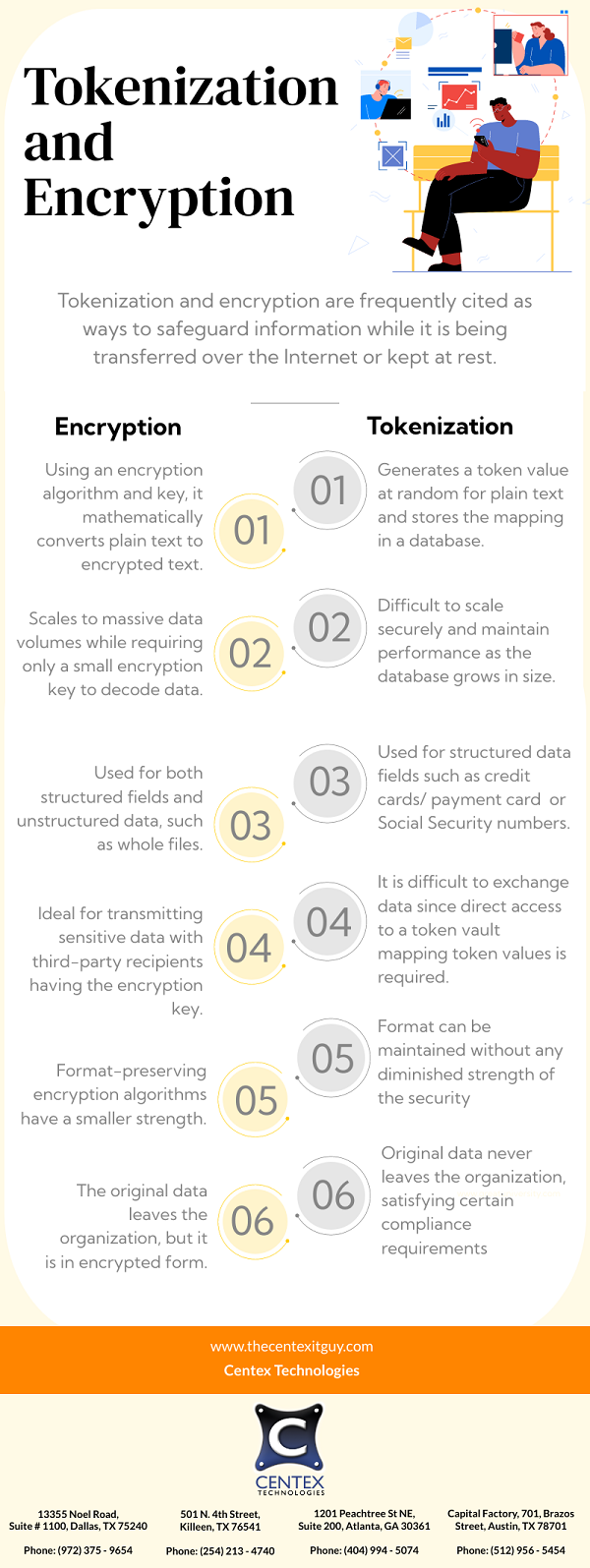Network Slicing is a cutting-edge technology that is transforming the telecommunications landscape by allowing the isolation and customization of network resources. At its core, Network Slicing allows the formation of distinct virtual networks within a unified physical infrastructure. Each “slice” operates independently with allocated resources, tailored for specific use cases, industries, or applications, akin to custom networks coexisting on a shared infrastructure.
Isolation of Resources:
The primary innovation behind Network Slicing lies in the isolation of network resources. Traditional networks were often one-size-fits-all, struggling to meet the diverse and dynamic demands of different applications. Network Slicing, however, brings a level of granularity that allows for the creation of dedicated slices, each optimized for a specific purpose.
Customization for Varied Use Cases:
One of the key advantages of Network Slicing is its ability to customize network parameters to suit different use cases. Whether it’s ultra-reliable low-latency communication (URLLC) for mission-critical applications, enhanced mobile broadband (eMBB) for high-speed internet, or massive machine-type communication (mMTC) for the Internet of Things (IoT), each slice can be tailored to deliver optimal performance.
How 5G network slicing is accomplished:
1. Identifying Use Cases:
The first step in network slicing is identifying the diverse use cases and requirements that the network needs to support.
2. Network Architecture Planning:
Based on the identified use cases, the network architect plans the overall network architecture, determining how many slices will be needed and the specific requirements of each slice. This planning phase involves defining the performance metrics, latency thresholds, bandwidth, and other parameters for each slice.
3. Resource Allocation:
Once the network architecture is planned, resources are allocated for each slice. This includes radio spectrum, computing power, storage, and network capacity. The goal is to ensure that each slice has dedicated and sufficient resources to meet its specific requirements without impacting the performance of other slices.
4. Isolation and Virtualization:
Network slices are isolated from each other to prevent interference and ensure security. Virtualization technologies, including network function virtualization (NFV) and software-defined networking (SDN), are integral in forming these isolated slices. NFV facilitates the virtualization of network functions, whereas SDN empowers dynamic control and administration of network resources.
5. Slice Configuration:
Each network slice is configured based on its unique characteristics and requirements. This includes setting parameters such as Quality of Service (QoS), security protocols, and specific network functions. The configuration ensures that the slice operates optimally for its intended use case.
6. Orchestration and Management:
The orchestration layer plays a pivotal role in managing and coordinating the different network slices. It dynamically allocates resources, monitors performance, and ensures that each slice operates according to its predefined parameters. Orchestration enables the flexibility and agility needed to adapt to changing demands and conditions.
7. Dynamic Adaptation:
Network slicing is not a static process; it requires dynamic adaptation to changing network conditions and user demands. The system continuously monitors the performance of each slice and adjusts resource allocation in real-time to maintain optimal operation.
8. End-to-End Connectivity:
Once the slices are configured and orchestrated, end-to-end connectivity is established. Users or devices connecting to the network are assigned to the appropriate slice based on their specific requirements, ensuring that they receive the desired performance and capabilities.
5G’s Network Slicing goes beyond just meeting the technical requirements of different applications; it aims to enhance the user experience significantly. By offering dedicated resources and optimized performance, Network Slicing ensures that users receive seamless and reliable connectivity, regardless of the specific requirements of their device or application.
For more information on planning network systems for your business, contact Centex Technologies at Killeen (254) 213 – 4740, Dallas (972) 375 – 9654, Atlanta (404) 994 – 5074, and Austin (512) 956 – 5454

